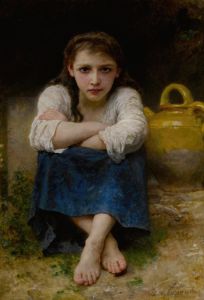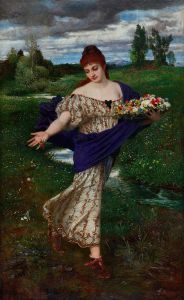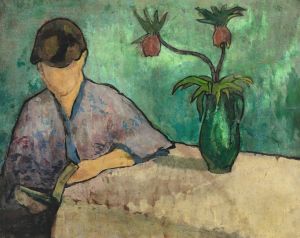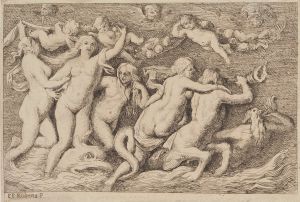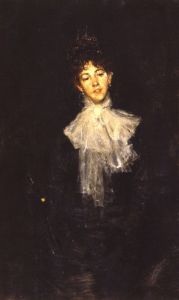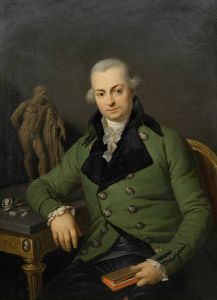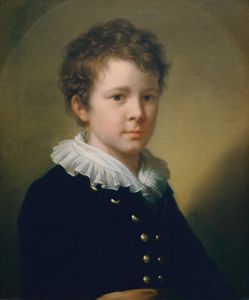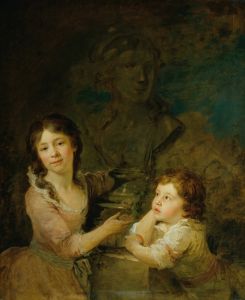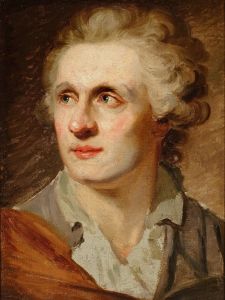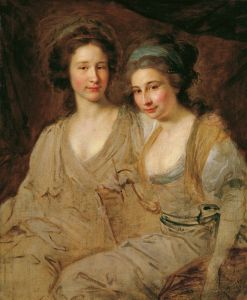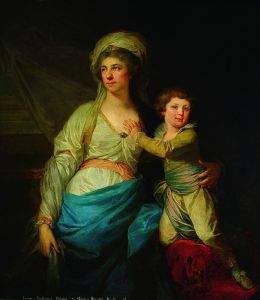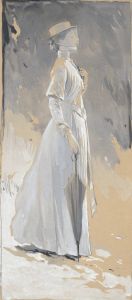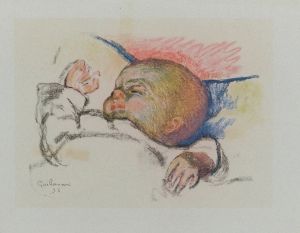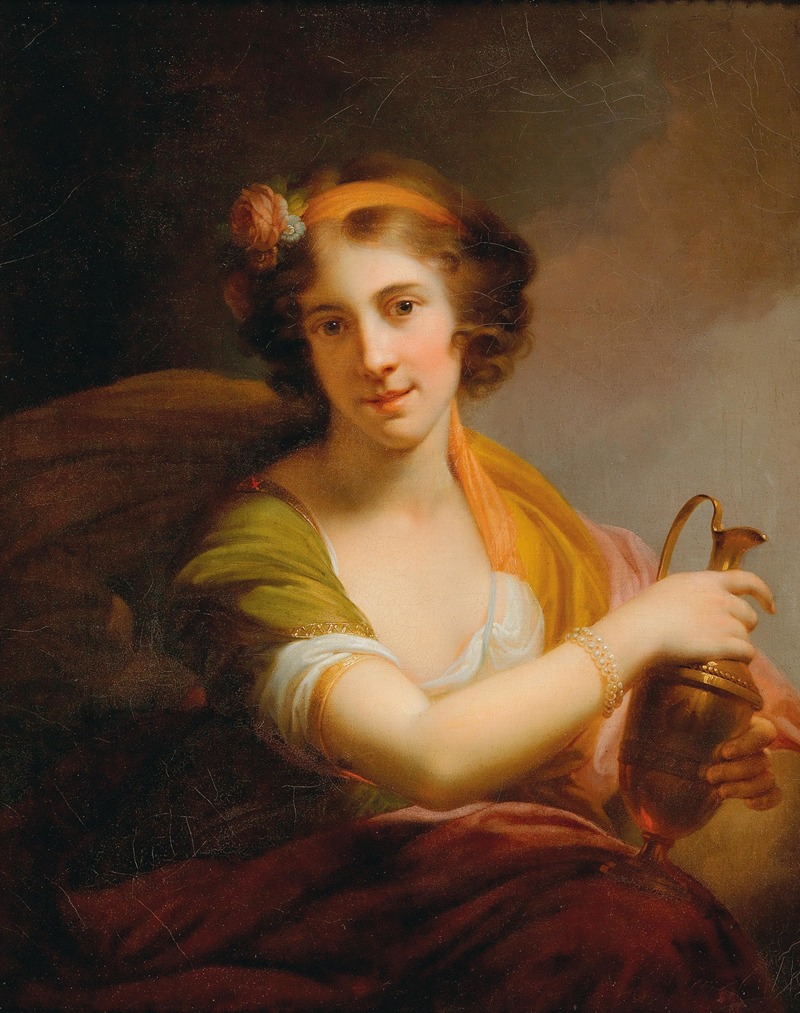
Hebe
A hand-painted replica of Johann Baptist von Lampi the Elder’s masterpiece Hebe, meticulously crafted by professional artists to capture the true essence of the original. Each piece is created with museum-quality canvas and rare mineral pigments, carefully painted by experienced artists with delicate brushstrokes and rich, layered colors to perfectly recreate the texture of the original artwork. Unlike machine-printed reproductions, this hand-painted version brings the painting to life, infused with the artist’s emotions and skill in every stroke. Whether for personal collection or home decoration, it instantly elevates the artistic atmosphere of any space.
Johann Baptist von Lampi the Elder was an Austrian painter known for his portrait work during the late 18th and early 19th centuries. One of his notable works is the painting "Hebe," which depicts the Greek goddess of youth. This painting is a fine example of Lampi's skill in capturing the elegance and grace of his subjects, a characteristic that made him a sought-after portraitist in European aristocratic circles.
"Hebe" is a representation of the goddess who was associated with youth and the cupbearer to the gods in Greek mythology. She was often depicted as a young woman, symbolizing the eternal youth that she bestowed upon the gods. In Lampi's rendition, Hebe is portrayed with a serene and gentle expression, embodying the idealized beauty and grace typical of neoclassical art. The painting reflects the neoclassical style that was prevalent during Lampi's time, characterized by its emphasis on clarity, order, and harmony, drawing inspiration from the art and culture of ancient Greece and Rome.
Lampi's "Hebe" showcases his adeptness with oil paints, utilizing a soft color palette that enhances the ethereal quality of the goddess. The use of light and shadow in the painting highlights Hebe's delicate features and the flowing drapery of her attire, which is reminiscent of classical sculptures. This attention to detail and the ability to convey texture and form are hallmarks of Lampi's artistic technique.
Johann Baptist von Lampi the Elder was born in 1751 in Romeno, Tyrol, which is now part of Italy. He studied art in Salzburg and later moved to Vienna, where he gained prominence as a portrait painter. His reputation grew, and he was eventually invited to the Russian court by Empress Catherine the Great. Lampi's time in Russia further solidified his status as a leading portraitist of his era, and he painted numerous members of the Russian nobility.
While "Hebe" is not as widely known as some of Lampi's other works, such as his portraits of European royalty and nobility, it remains an important piece within his oeuvre for its representation of mythological themes and its demonstration of his technical prowess. The painting is a testament to Lampi's ability to blend classical themes with the stylistic elements of his time, creating works that were both timeless and reflective of the cultural milieu in which he worked.
Lampi's influence extended beyond his own lifetime, as his sons, Johann Baptist von Lampi the Younger and Franz Xaver Lampi, also became accomplished painters. The elder Lampi's legacy is evident in the continued appreciation of his work, which captures the elegance and refinement of the neoclassical period.
In summary, "Hebe" by Johann Baptist von Lampi the Elder is a distinguished example of neoclassical portraiture, reflecting the artist's mastery of form, composition, and classical themes. The painting exemplifies Lampi's contribution to the art world during a time when neoclassicism was at its height, and it continues to be appreciated for its artistic and historical significance.





